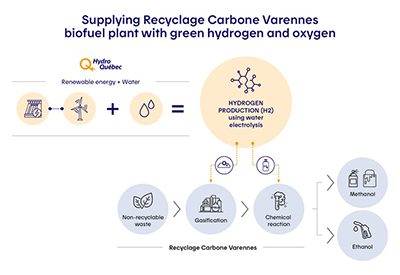Nova Scotia Power Sets New Renewable Energy Record

May 17, 2017
Nova Scotia Power continues to make progress in reducing carbon and increasing renewable energy, with 28% of the electricity used by Nova Scotians in 2016 coming from renewable resources. The amount topped the previous high mark of 26.6%, set in 2015.
“We’re working to build a future focused on clean energy, smart technology and enhanced customer service,” says Mark Sidebottom, Chief Operating Officer for Nova Scotia Power. “Our customers expect more of their energy to come from more sustainable sources. Together, we’re building a cleaner province for future generations.”
The results exceeded the legislated requirement that 25% of NS Power’s electricity comes from renewable sources, and continue NSP’s pace to meet the 40% renewable requirement that takes effect in 2020. As recently as 2007, only 9% of Nova Scotia’s electricity was renewable. Additionally, Nova Scotia Power has already achieved and exceeded Canada’s 2030 target of reducing carbon dioxide by 30% from 2005 levels. By 2030, NSP expects to have achieved a 58% reduction from 2005 levels, which is almost double the national target.
“Our employees take pride in making these changes for a cleaner, lower carbon future in Nova Scotia,” Sidebottom says. “In meeting and exceeding these requirements, we strive to be Canadian leaders in clean energy improvements.”
Nova Scotia’s growth in renewable electricity has been largely through the development of wind power. There are now more than 300 commercial wind turbines generating electricity in Nova Scotia, making the province a national leader in wind energy as a percentage of total generation capacity.









![Guide to the Canadian Electrical Code, Part 1[i], 26th Edition – A Road Map: Section 10 – Grounding and Bonding](https://electricalindustry.ca/wp-content/uploads/2022/11/Guide-CE-Code-2.png)





